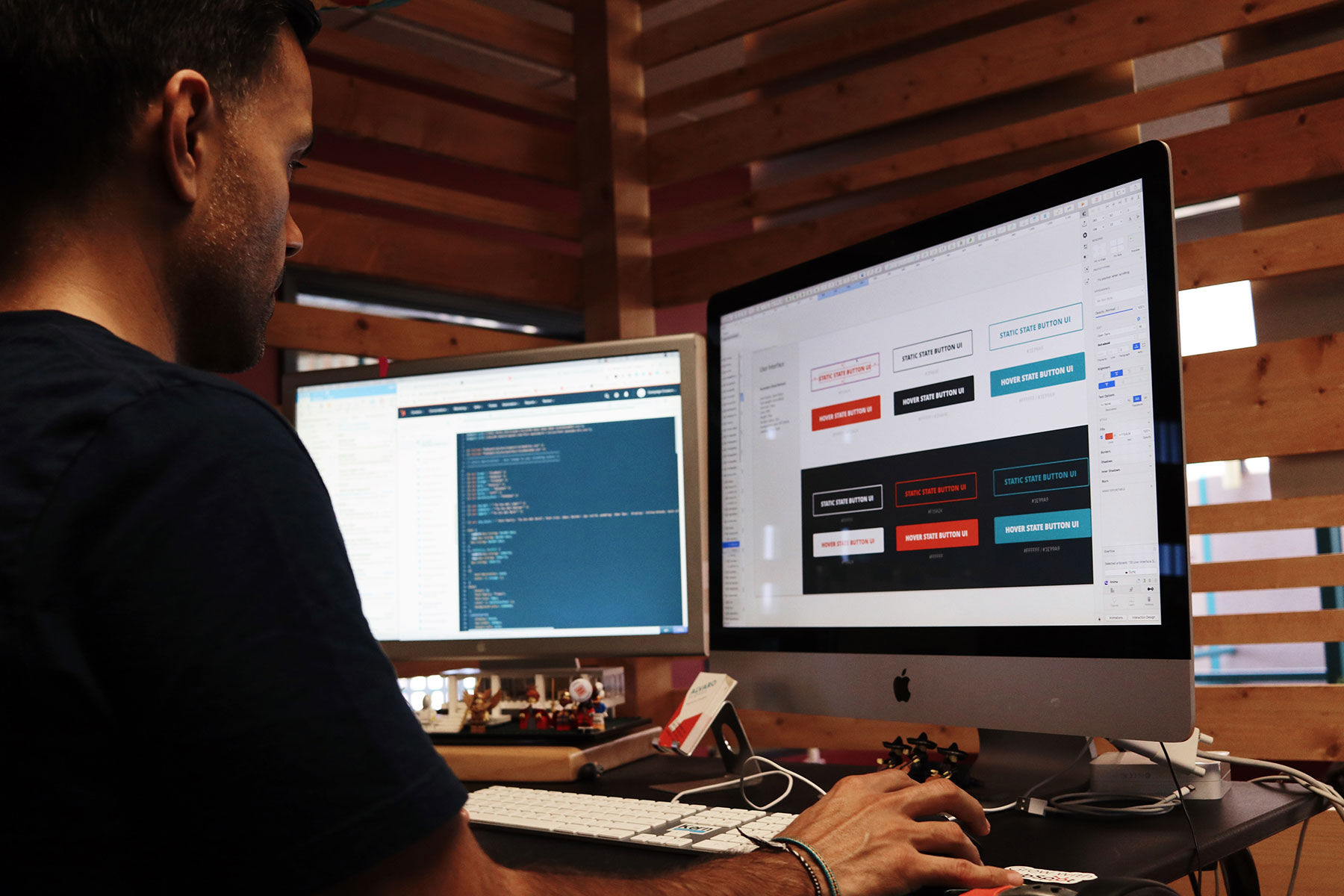Whether you’re revamping an old site or starting fresh, a successful web design project requires careful planning and consideration.
For mission-driven organizations, your website isn’t just an online presence – it’s an essential tool for engaging donors, volunteers, and the communities you serve. Over the years, we’ve launched dozens of successful web design projects for leading organizations and we’ve learned that adequate preparation can play a huge role in the overall success of the project. Here’s a step-by-step guide to help you prepare.
Auditing Your Brand Positioning: The Crucial First Step
Before embarking on any web design journey, it’s vital to audit your brand positioning. Your brand positioning is the unique space you occupy in the minds of your stakeholders, donors, and beneficiaries.
Ask yourself: Is your current positioning clear, relevant, and differentiated from other similar organizations? Does it resonate with your target audience? Conducting surveys, seeking feedback, and analyzing your current communication materials can provide invaluable insights.
By revisiting and, if necessary, refining your brand positioning first, you ensure that the subsequent web design process truly encapsulates the essence of your organization. This alignment is key; a consistent and powerful brand message will amplify the impact of your new website.
Now, with a solid understanding of your brand positioning, you can dive into the practical steps to prepare for your web design project. Let’s go!

Let’s Get Started: Planning for Your New Website
Define Clear Objectives
Begin with the end in mind. What do you want your website to achieve? Common objectives for nonprofits might include increasing donations, boosting event participation, educating the public about your cause, and providing resources for beneficiaries.
Gather Essential Stakeholders
Involve key personnel in the decision-making process early on. This may include your executive team, IT department, fundraising team, and others. Their insights will ensure that the website aligns with broader organizational goals. Don’t make the mistake of waiting until launch day to finally show the new web design to the Executive Director or Board President.
Research and Set a Budget
Web design projects can range significantly in cost. Determine a realistic budget by researching various options and understanding the associated costs, from design and development to content creation and hosting. So how much does a web design cost? That depends on a variety of factors including the overall scale of the site, amount of content, migration plans, the content management system, user interface design complexity, integrations with third-party tools, special features or functionality, and most importantly, the talent and experience of your web design agency.
Choose the Right Web Design Agency
Find an agency that understands your mission and has experience working with nonprofit organizations. Ask for references, review their portfolio, and ensure they can meet your budget and timeline. It’s helpful to determine a realistic budget and timeline before you begin contacting agencies.
Take Inventory of Existing Assets
Before diving into design, audit and catalog your current assets, including logos and branding materials, custom photography, stock image library, existing sales and marketing collateral, success stories, testimonials, and case studies. Dig up your logins for your web analytics account, your domain, and your hosting provider.
Consider the Ideal User Experience
Your visitors should navigate your site with ease. You should plan to collaborate with your agency about creating intuitive navigation, mobile responsiveness, and accessible design for all users, including those with disabilities. To prepare, you can start by jotting down any common pain points that you’ve personally observed.
Prioritize Content
Content is (still) king so start planning early. At a minimum, you’ll need to determine what core pages are most important (About, Donate, Events, Contact, etc.) together with your agency. You can also consider your capacity for creating new content like blogs, news updates, or success stories. During the discovery and planning process, you’ll want to collaborate with your agency to determine who is responsible for gathering existing content, editing content, and writing new content.
Plan for Integration
Many organizations use tools for donor management, event registration, and email marketing. You’ll want to make your web design agency aware of these integrations from the get-go to ensure your new website can integrate seamlessly with these tools and platforms.
Plan the Launch
A new or redesigned website is a great reason to engage your community. Begin thinking about a launch strategy to announce it through email campaigns, social media, and even press releases. Although it may seem premature to think about the launch before you’ve even started the project, planning with the end goal in mind is often beneficial.
Think about the Long-Term
Web design isn’t a one-off project where you can simply set it and forget it. Consider ongoing maintenance, updates, and potential future expansions. Will you have an in-house team manage this, or will you contract your agency for ongoing support? At Push10, basic maintenance and support is just the beginning. Ideally, you’ll want to take a strategic deep dive into goals and metrics on a quarterly basis. This way, you can spot issues and identify areas potential for growth and improvement in a timely fashion.
Need help planning your next website project?
Contact UsRecent Insights
The Benefits of Working with a Midsize Creative Agency
Discover the strategic advantages of partnering with a midsize agency like Push10, where personalized attention, agility, diverse talent, intentional size management, cost-effective solutions, and consistent quality converge to propel your branding and website design projects towards success.
15
Nov

15
Nov


